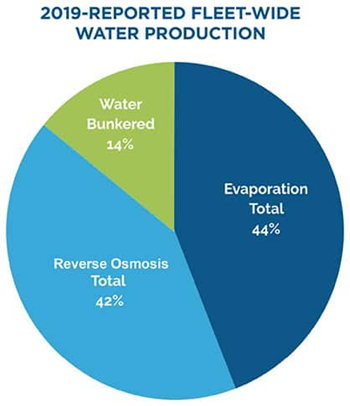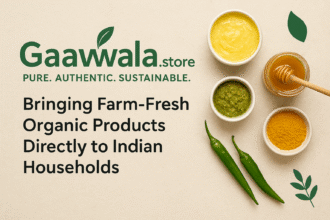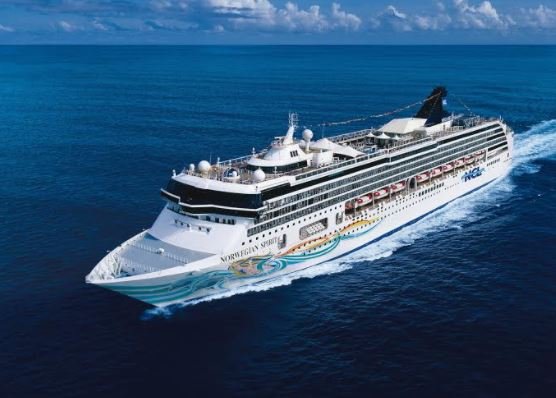Norwegian Cruise Line (NCL) has turned around global cruise travel, transcending many boundaries through its 54-year-old history. On the occasion of World Water Day 2021, the cruise company, that has always been mindful of preserving natural resources integral to our sustenance and survival, takes us through its water conservation and management practices.
 |
Norwegian Cruise Line
Under its Sail and Sustain Stewardship Program, the company has been working tirelessly to launch several innovative initiatives to minimize waste to landfills, reduce the CO2 emissions rate, increase sustainable sourcing and invest in emerging technologies. In 2019, NCL became the first major global cruise company to eliminate single-use plastic beverage bottles across its fleet and its private destinations, saving over six million plastic water bottles each year
Here are some of the practices NCL has been undertaking to conserve water:
Onboard Production
Onboard NCL’s vessels, water is primarily used by the guests and crew in their staterooms for showers, bathtubs and sinks but is also used for galleys, laundry, pools, whirlpools, spas and cleaning public spaces. The company has focused its efforts on increasing water production onboard with sophisticated plants that use seawater as the source, which reduces the need for the bunkering of fresh water. This is particularly important in countries where fresh water is limited and best reserved for local communities.
 |
Figures are based on Norwegian Cruise Line Holdings’ 2019 water production data.
-
Reverse Osmosis (RO) produces fresh and technical water from seawater using high-pressure pumps and sophisticated water filters and treatment components.
-
Evaporators produce fresh water from seawater utilising heat sources such as Exhaust Gas Boilers, Oil Fired Boilers or Wasted Heat recovered from the main engine high-temperature cooling system.
-
Bunkered Water is potable water acquired in port for use onboard.
-
In 2019, an additional Reverse Osmosis plant was installed onboard Norwegian Sky with a 600 m3/day capacity, which doubled the RO water production. Norwegian Sky bunkered ~99,000 m3 less water than the prior year.
Water Conservation
Some of NCL’s water conservation efforts include installing water flow reducers on sink taps, showerheads and galley sink taps. NCL has increased or upgraded onboad RO plants and plan to install additional water meters to measure water consumption in more locations to better strategize how to reduce the usage..
.png) |
Wastewater Treatment Systems
To treat wastewater onboard, all NCL ships are equipped with Advanced Wastewater Purification systems (AWPs). Wastewater is run through these systems and treated prior to discharge, resulting in effluent that meets or exceeds international regulations and many municipal wastewater facility standards. Every ships wastewater is tested quarterly by a third-party. In addition to that, environmental officers onboard conduct weekly water tests to ensure NCL continues to meet all standards. Further duties of environmental officers include the implementation, training, oversight and verification of shipboard environmental compliance, in addition to providing shoreside assistance for developing environmental policies and procedures
Ballast Water
To operate safely and comfortably, ships perform an operation known as ballasting, which helps to ensure trim, stability and structural integrity. Filling ballast tanks with ocean water helps stabilize ships, providing comfort to guests and crew. As water is discharged or as fuel is consumed, ships take on seawater to assist with stabilization. During this operation, some species are able to “hitch a ride” on ships and transfer to many areas of the world, including areas where they are non-native or invasive. Treating ballast water before release removes tiny organisms that may have been picked up in transit in order to safeguard local ecosystems.
About Norwegian Cruise Line
As the innovator in global cruise travel, Norwegian Cruise Line has been breaking the boundaries of traditional cruising for 54 years. Most notably, the cruise line revolutionised the industry by offering guests the freedom and flexibility to design their ideal holiday on their preferred schedule with no assigned dining and entertainment times and no formal dress codes. Today, its fleet of 17 contemporary ships sail to over 300 of the world’s most desirable destinations, including Great Stirrup Cay, the company’s private island in the Bahamas and its resort destination Harvest Caye in Belize. Norwegian Cruise Line not only provides superior guest service from land to sea, but also offers a wide variety of award-winning entertainment and dining options as well as a range of accommodation across the fleet, including solo-traveller staterooms, mini-suites, spa-suites and The Haven by Norwegian, the company’s ship-within-a-ship concept.
For additional information or to book a cruise, contact a travel professional or visit www.ncl.com. For the latest news and exclusive content, visit the media centre and follow Norwegian Cruise line on Facebook, Instagram and YouTube @NorwegianCruiseLine; and Twitter and Snapchat @CruiseNorwegian.
![]()















